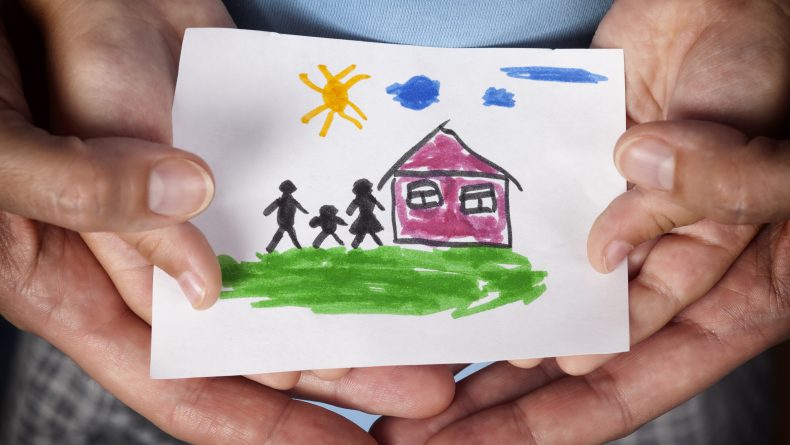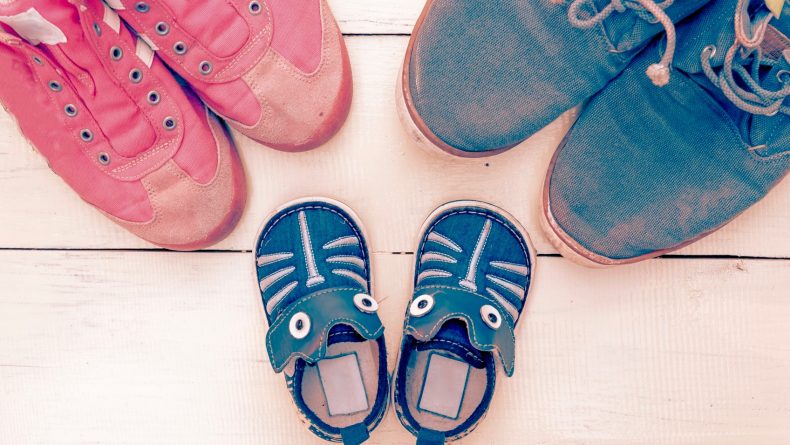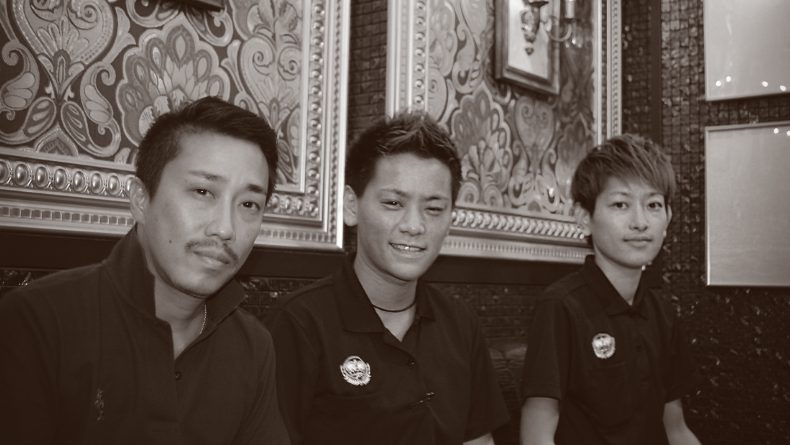One Canadian Woman’s Journey To Adopting In Japan
Part III: The Adjustment
In Part I and Part II of “Adopting in Japan,” we introduced Melodie and her husband's journey from deciding to adopt to the actual procedures to get matched with their son. In the final part, we focus on the adjustments all three of them underwent on the way to becoming a true family.
After a few weeks of orphanage visits, we took him to our place to sleep over. He was a trooper for the most part, but suddenly, during dinner, he started to wail. I suppose because of the unfamiliarity of everything. My husband held him and tried to calm him, but it was difficult. When he was not being held, he would stand by the door of the apartment, as if he was waiting to leave. I went out to the nearest convenience store and bought a chocolate Anpanman-shaped lollipop for him. As soon as I popped it in his mouth, he stopped crying.
During the night, he cried in bed. I sang lullabies to him and he ended up falling asleep on my husband’s stomach. When we took him back the next day, he was quite happy, and ran up to his friends chattering like a little monkey, and I wondered if we were doing the right thing by taking him away from everything familiar.
When we took him back the next day, he was quite happy, and ran up to his friends chattering like a little monkey, and I wondered if we were doing the right thing by taking him away from everything familiar.
Could we do this? I felt exhausted. Would anything change?
Fortunately, it did. The next time he came to stay with us, he took his little bag of clothes to the chair where we had put it during his first visit and walked around the apartment like he owned it. We had bought him a DVD box set of classic children’s stories and he sat on my husband’s lap and watch them. He wandered around the apartment looking at everything and soon was fine sleeping with us and accepting raspberries on the tummy. There was a little park nearby, and we would take him there and push him on the swings. When we went to public parks, he stayed by us and wouldn’t play with children he didn’t know.
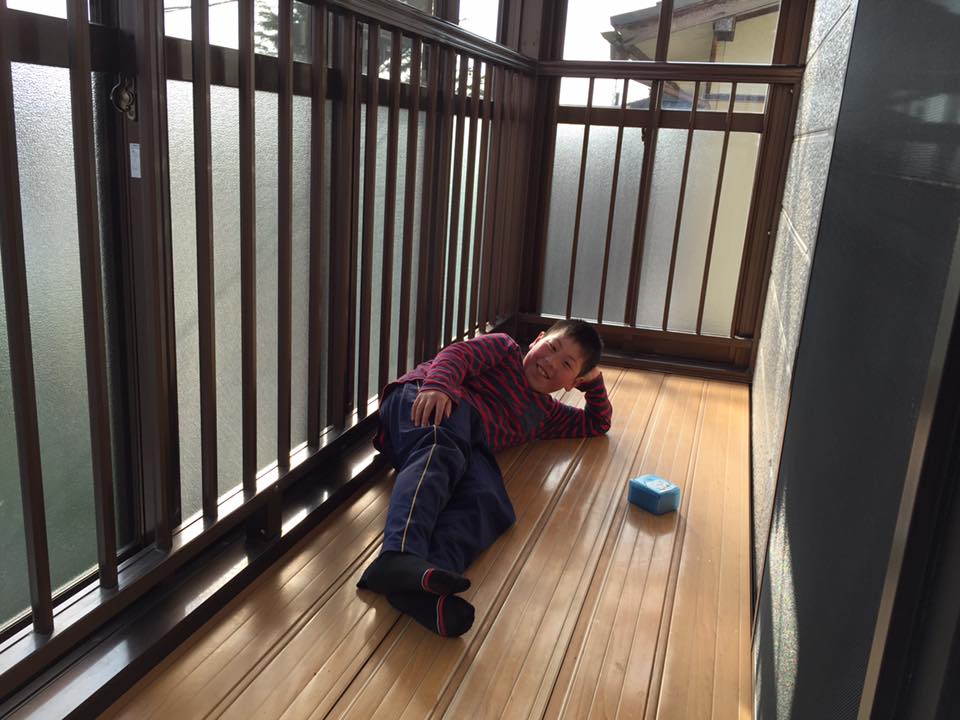
Then came the day when we were to take him with us permanently. We were still in the process of packing up our apartment for the move and our house was full of boxes. We were told to bring clothes for him because everything he wore belonged to the orphanage. Fortunately, a good friend had two older boys and gave me lots of clothes they’d grown out of, so we were ready. We arrived at the orphanage and our boy was taken away to be dressed in his new togs. We sat in the waiting room with the staff, who handed us all our boy’s worldly goods in two paper shopping bags. In them, were toys he’d been given, some arts and crafts he’d made and two books of photographs the staff had diligently taken of him during special occasions like birthdays and holidays, so he (and we) would have a record of his past. To see that the first four years of his life fit into two paper bags made me cry. His primary caregiver was also crying; she said that although she’d miss him, she was very happy for him to have found a family.
When he was finally brought to us, all the children and staff were assembled to say goodbye. I took the two shopping bags and my husband handed him the key to the car. As we walked to the car and drove away, all the children called out, “Bye-bye!” He didn’t turn around. He never looked back.
As we walked to the car and drove away, all the children called out, “Bye-bye!” He didn’t turn around. He never looked back.
There were many challenges for us. He suffered from night terrors and would kick and cry in his sleep for several months. He would suddenly wet himself without warning and often wet the bed. As the years went by, this continued and we were starting to get worried, until I did some reading and found out that institutionalized children are likely to wet the bed until adolescence and the best thing to do is not make a fuss, but just change the sheets and wait. We were concerned that he would wet other people’s beds on overnight visits, but generally he didn’t; in Canada, we were given a pad for us to put on the sheets in case it happened. He also seemed to have issues with food. When I’d put a plate of food in front of him, even before touching it, he’d ask if there was more. We suspected that in the orphanage, the children didn’t have free access to food, sometimes weren’t given enough or had their food taken away by older children. Over time, he started developing preferences and even refusing to eat — we knew that he had settled down then.
Probably the biggest challenge for me was that he wouldn’t let me near him for the first six months. Although we were told and I read that it’s common for institutionalized children to bond with their fathers first, it still broke my heart every time he’d say, “Don’t touch me! Don’t look at me!” I felt like I couldn’t do anything for him at all, and it was very frustrating and sad for me. I confess, I thought that if things didn’t improve, I’d jump ship. However, after our first trip to Canada, where we spent a lot of time together, he started to pick up English and we started to get closer. It took five years for him to hold my hand on his own, and recently, since we started fostering another child, he’s been coming to me to just hang out — so our relationship is still blossoming after seven years of living together.
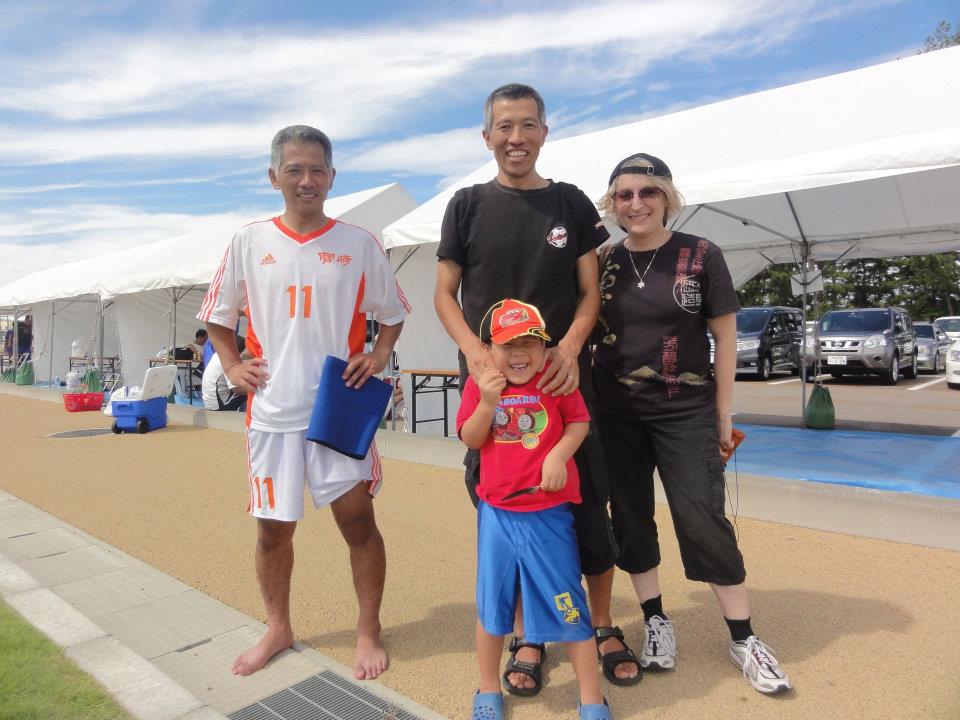
Because he was institutionalized until four, he is behind his age group at school. He’s in grade five now and in our last interview his teacher said that his grades are below those of his peers and that when he enters sixth grade, he might find it very challenging. Fortunately, one of my students, who has met my son before and has a good relationship with him, has begun tutoring him once a week to help him keep up with things he doesn’t understand. According to my son, the student is better at explaining things than my husband is!
The last challenge is that my son, like many formerly-institutionalized children suffers from low-self esteem. When we first met him, he would be shy to play with children he didn’t know and he is still easily bullied, but at the same time he also has lots of friends to play with and has joined a soccer team. He scored a goal in a tournament recently, and our yearly trips to Canada are giving him confidence, too. I overheard him telling some school friends that the English classes at school were too easy for him! However, recently, the bullying is increasing and we are starting to be concerned about what will happen once he enters junior high school, where in Japan, bullying tends to be commonplace.
He scored a goal in a tournament recently, and our yearly trips to Canada are giving him confidence, too.
Message From Us
My advice to anyone thinking of embarking on this journey is to talk to other adoptive families and read, read, read. Because there is a long history of adoption and foster caring in Western countries, there is a wealth of material available in English. Some of it, as the book I mentioned in Part II of this series, has been translated into Japanese, so your spouse can read it also. I also recommend finding adoptive/foster parents’ groups in your area and going to meetings. And if you want to join my Yahoo group adoptioninjapan or my Facebook group, please contact me. There are many mixed-race families with similar issues who are available to offer advice and understanding.
Finally, to learn more about the cultural angle of adoption in Japan, I invite you to read a piece I wrote in 2014 for the Japan Times.
For Part I of “One Canadian Women’s Journey to Adopting in Japan” read “The Decision to Adopt” and for Part II read “How They Did It.”
Coming up in December: A three-part series on fostering in Japan — from how they decided to start fostering to meeting their foster daughter and the effect the change had on their son.












